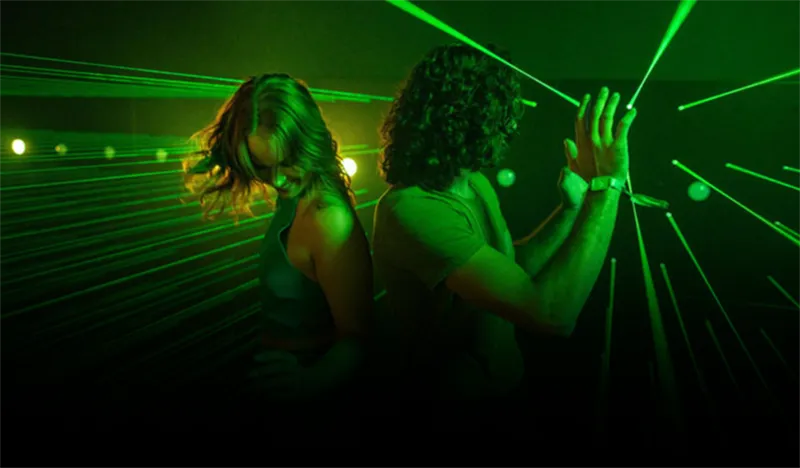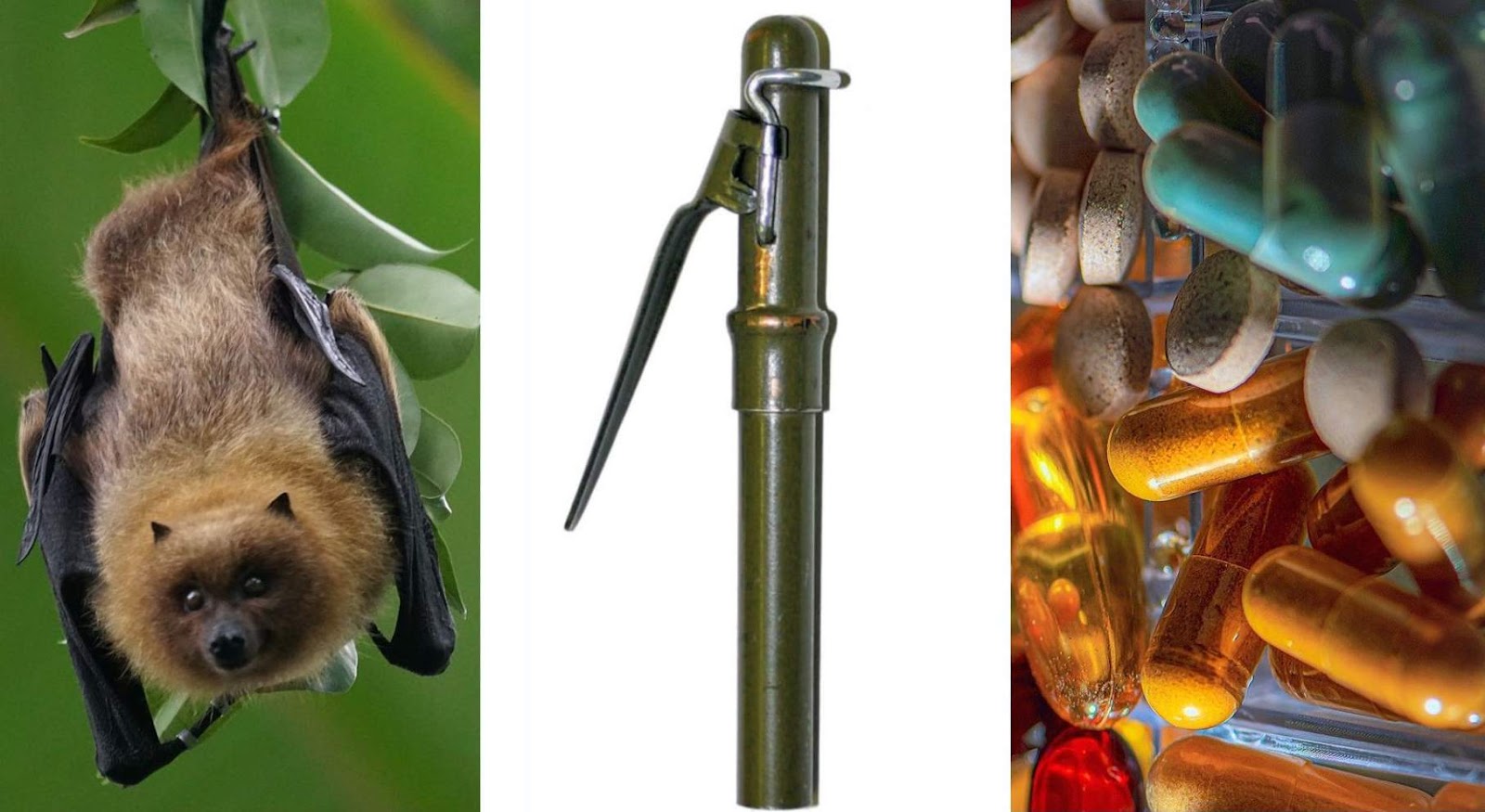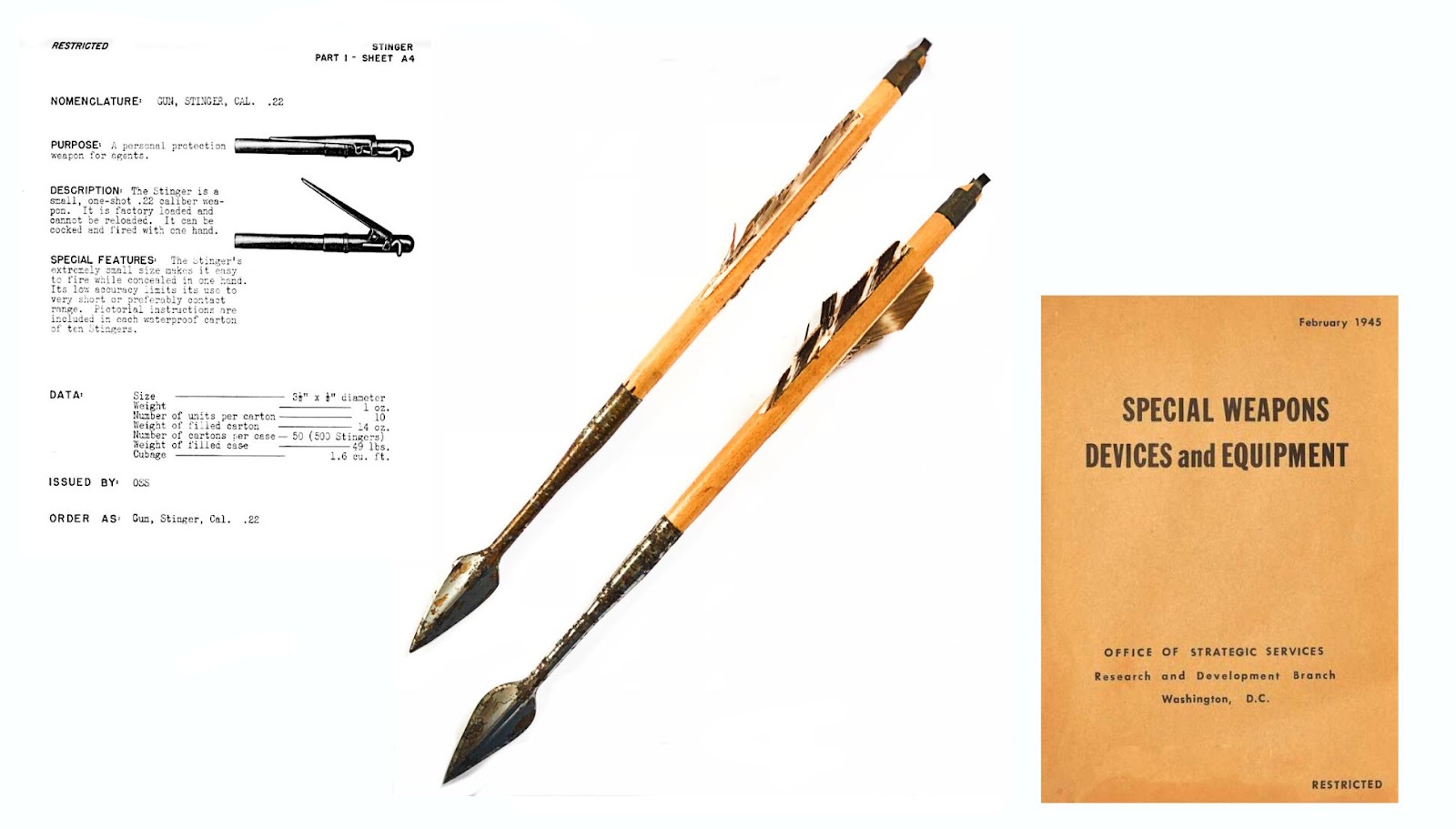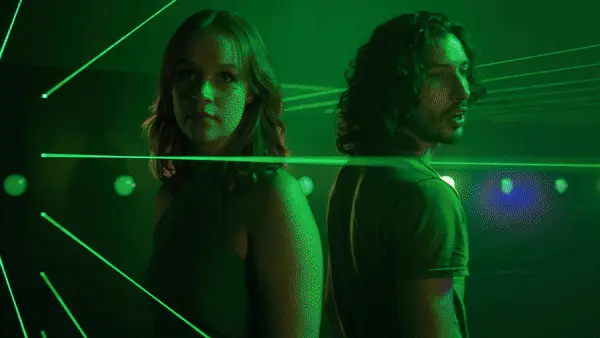5
minute read
American spymaster William 'Wild Bill' Donovan operated on the razor's edge in WWII. He'd set up the Office of Strategic Services but needed a scientist to head up the Dirty Tricks Department - an underhanded type who could equip American spies with a concealed knife to slit a guard's throat, a baseball-shaped bomb to blow up a locomotive, or a cyanide suicide pill to bite if they were captured alive.
Enter Stanley Lovell, a chemist and salty Yankee inventor raised near Boston who believed the impossible only took a bit longer. Lovell saw chemistry as modern-day magic. Wild Bill saw Lovell as Sherlock Holmes’ nemesis Professor Moriarty, the Napoleon of crime with hereditary tendencies of the most diabolical kind, John Lisle writes in The Dirty Tricks Department.
It was a match made in OSS intelligence heaven.

Division 19
Al Polson, a 24-year-old from Division 19, was in charge of developing the baseball-shaped hand grenade, one that exploded on impact instead of seconds after the pin was pulled. The Beano' grenade “stunned first and then sent little pieces of steel into their internal organs such as kidneys and heart,” Polson explained. “We loaded the Beano with TNT, which packed about twice the explosive force of a typical grenade.”
Polson was also the lead scientist on the umbrella gun: "Putting it right up against a guy's kidney and bam! It was gone. If you don't have a kidney, you're gone."
The glove pistol offered operatives an unseen advantage. Spies could have a gun at the ready while both hands were free. To fire the pistol, the operative pushed the plunger into an attacker’s body. Department 19 was also proud of its booby-trapped chairs activated with pressure. "You sit down in a chair," Lovell said with delight, "and go boom!"

A SPY HQ with a handicap
Wild Bill enjoyed playing outrageous pranks to show off the inventions. The OSS head once snuck into President Franklin Delano Roosevelt’s Oval Office armed with a loaded gun and a bag of sand. As Roosevelt dictated a letter to his secretary, Donovan fired off 10 rounds into the sand; Roosevelt turned with the pungent odor of burnt gunpowder still in the air.
“He looked up with wide eyes and saw Donovan standing behind him with a smoking gun in his hand,” writes Lisle. Donovan wrapped the pistol in a handkerchief, handed it to the president, and introduced it as the OSS’s new silent, flashless firearm. Roosevelt accepted the gun, telling Donovan he was the only Republican he’d ever allow into the Oval Office with a gun.
Donovan and Lovell’s OSS unit expanded rapidly and needed a secret lab to develop their special weapons, one far away from prying eyes but close enough to the power brokers in Washington, D.C. With evident pleasure, they commandeered the 400-acre Congressional Country Club and golf course in Maryland.
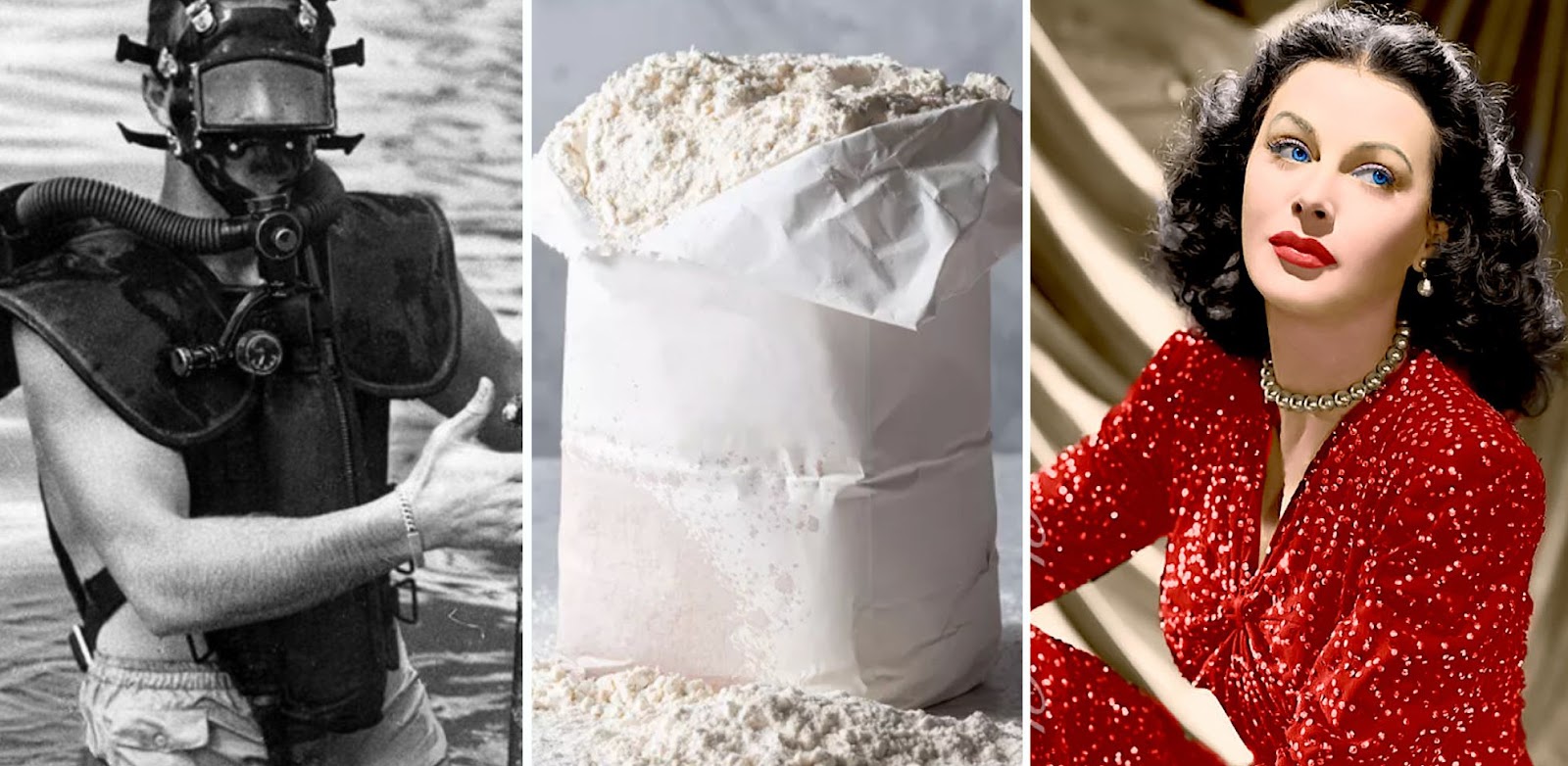
OSS: shock and awe
In addition to championing exploding coal, invisible ink, tasteless poisons, miniature cameras, and exotic knives, the OSS brought Christian J. Lambertsen on board after he developed an impressive underwater breathing apparatus. Dr. Lambertsen, who’d studied respiratory physiology at medical school, later renamed his device ‘SCUBA’ and according to the CIA archive the good doctor is responsible for most of the technology used today for US Combat Swimming Operations.
Perhaps the most famous Division 19 weapon was codenamed ‘Aunt Jemima’ after the American pancake mix. “The mixture had to be undetectable, safe to transport, and able to be baked into normal bread, biscuits, or muffins,” according to the US government National Archives. In reality, the mix was an explosive camouflaged as flour and trafficked through Japanese checkpoints to Chinese resistance fighters.
The ‘Hedy’ was another OSS crowd-pleaser - a small tube filled with pressed gallic acid and potassium chlorate. Lovell named it after Hollywood actress Hedy Lamarr, whose beauty apparently created a panic wherever she went. Operatives used the Hedy to create diversions. If dropped into a metal trashcan, it would emit a sudden shriek. Perhaps unsurprisingly, Wild Bill decided to surprise the Joint Chiefs with an impromptu Hedy demo in a meeting about boobytraps and incendiary devices.
The room's acoustics amplified the ear-piercing wail far beyond his expectations, however. "I saw two- and three-star Generals clawing and climbing to get through the room's single door," Donovan later recalled. When the demonstration was over, Donovan pulled Lovell aside for a quiet word: "Professor Moriarty, we overdid that one, I think."

